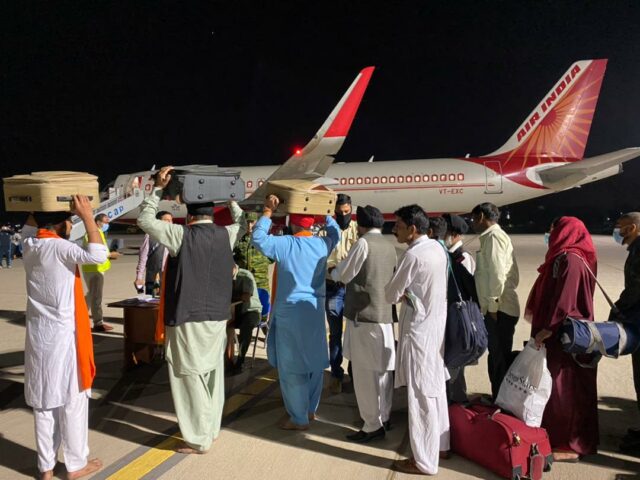NEW DELHI: The ball for this piece was set rolling during a conversation with Nandan Unnikrishnan of the Observer Research Foundation. As he pointed out, despite having three consulates in three key cities of Afghanistan (apart from of course the embassy in Kabul), India appeared to have no idea that the Ghani government would collapse in the manner it did.
I recall another conversation with my editor Nitin Gokhale, who was given the impression that Kabul with 70,000 troops in defence, would not fall to the Taliban, and some kind of negotiation would ensure an interim political set up. I even wrote about it. All these assumptions were based on the fact that Ashraf Ghani and his top associates would not give up.
India has always prided the fact that scores of Afghan military officers have trained in our institutions. The implication was that we had deep ties to the Afghan army. Did none of them give an inkling of the command and control issues tying their hands? Surely, somebody would have talked or at least hinted at how serious things were on the ground.
Now it appears that no one took into account the age-old Afghan proclivity of warlords/local leaders to switch loyalties in an instant, under duress or because of financial incentives. That’s exactly what happened in most provinces once it became clear that Ghani was confused and unable to provide any direction. Provincial governors and military leaders chose to be co-opted by the Taliban rather than die fighting for a lost cause. It is instructive to note what one of the most effective commanders of the Afghan National Army Lt Gen Sami Sadat wrote for the NYT in the aftermath of the fall of Kabul.
So the Indian government and its agencies were taken by surprise. The emptying of the Indian embassy (local staff remained) and the reliance on the goodwill of the U.S. to get people flown out of Kabul Airport, underscored India’s helplessness despite 20 years of diplomatic effort (not to forget $3 billion invested in scores of projects throughout the country).
In justification, one could say that India was not alone. Even the Americans were taken by surprise. So were sections of the Taliban, according to various reports. But there’s a pattern to India’s behaviour that is familiar and disturbing. We woke up to the Kargil crisis only after the Pakistanis had occupied the heights. We woke up to Chinese intrusions into Ladakh despite Beijing’s long history of diplomacy by deceit. Were we so bound to Ashraf Ghani that we ignored the tea leaves or failed to read them honestly?
The big question is what happens now. While wait and watch is the word from the Ministry of External Affairs, perhaps this time can also be utilized to review our interests in Afghanistan: What are those interests? Is it solely about terrorism? If Pakistan were not setting off fires would we be as focused? If the goal is a route to Central Asia, would Iran (despite U.S. sanctions) serve that purpose better? As for Afghanistan’s reported vast reserves of rare earths, coal and copper, it’ll be some years before security in that country improves to a point where these can be commercially exploited.
Time and again, India has justified its financial investments in Afghanistan as a gift to its people. While this has helped build bridges with communities across the country and raised its profile, how does it help with a regime like the Taliban? This is a terrorist outfit comprising people like the Haqqanis, who are known to be close to Pakistan and have attacked and killed Indian diplomatic and military personnel. This is the time to be clear-eyed about what India’s interests in Afghanistan are and shape policy accordingly.
Thirty eight years in journalism, widely travelled, history buff with a preference for Old Monk Rum. Current interest/focus spans China, Technology and Trade. Recent reads: Steven Colls Directorate S and Alexander Frater's Chasing the Monsoon. Netflix/Prime video junkie. Loves animal videos on Facebook. Reluctant tweeter.





